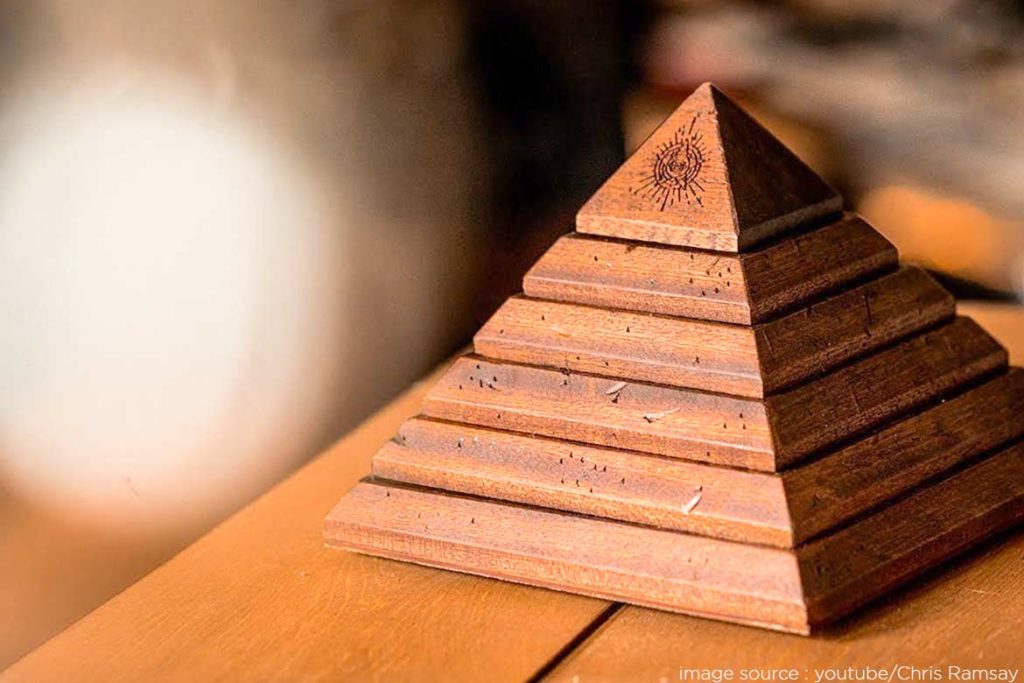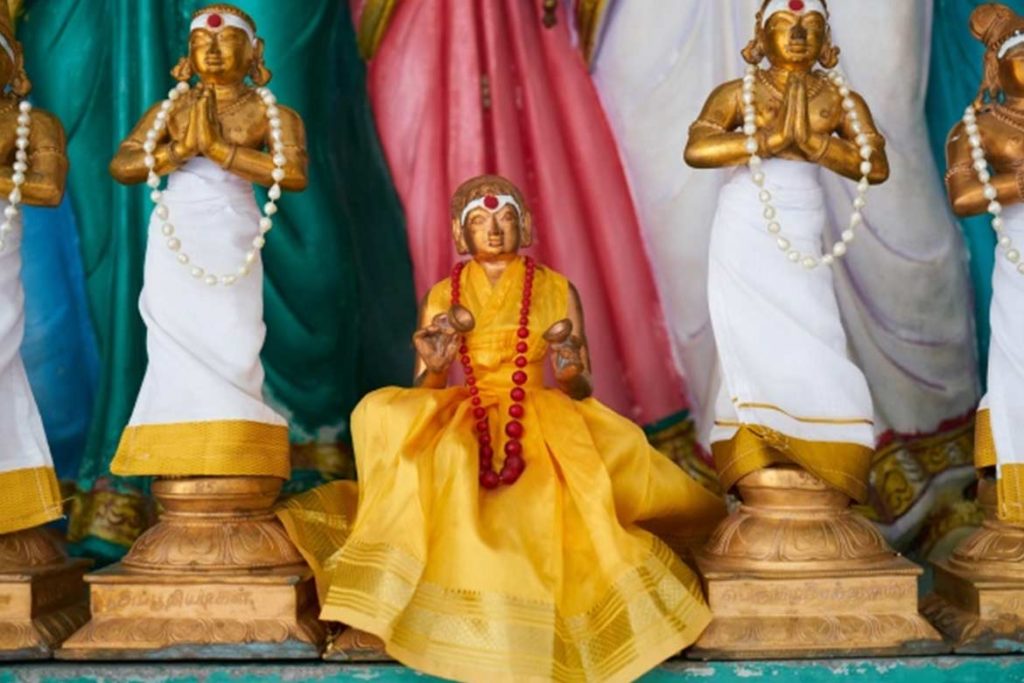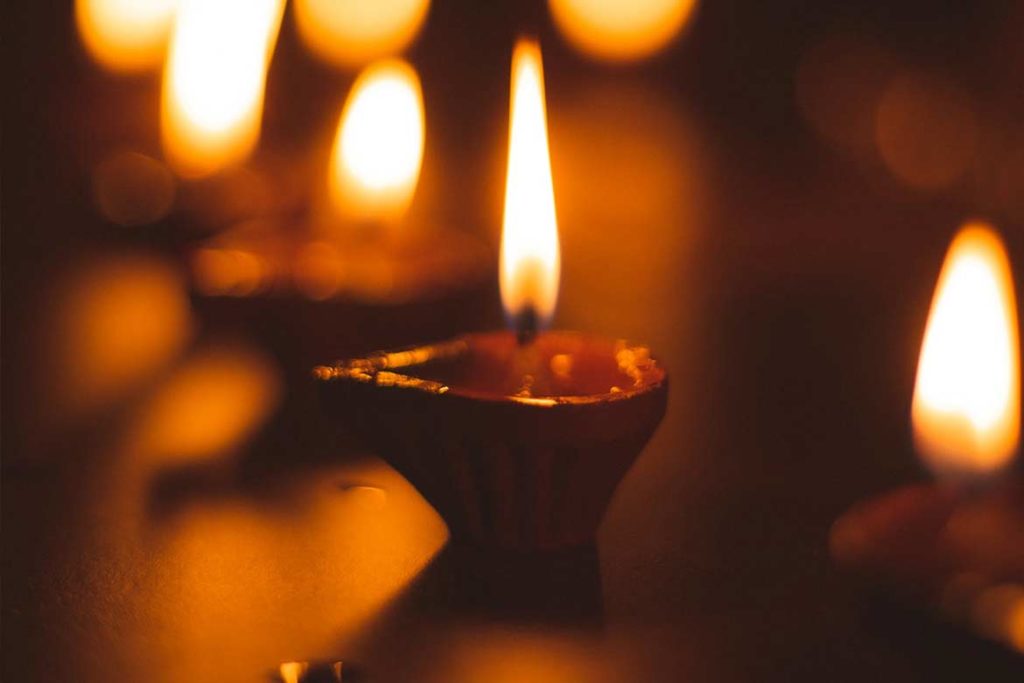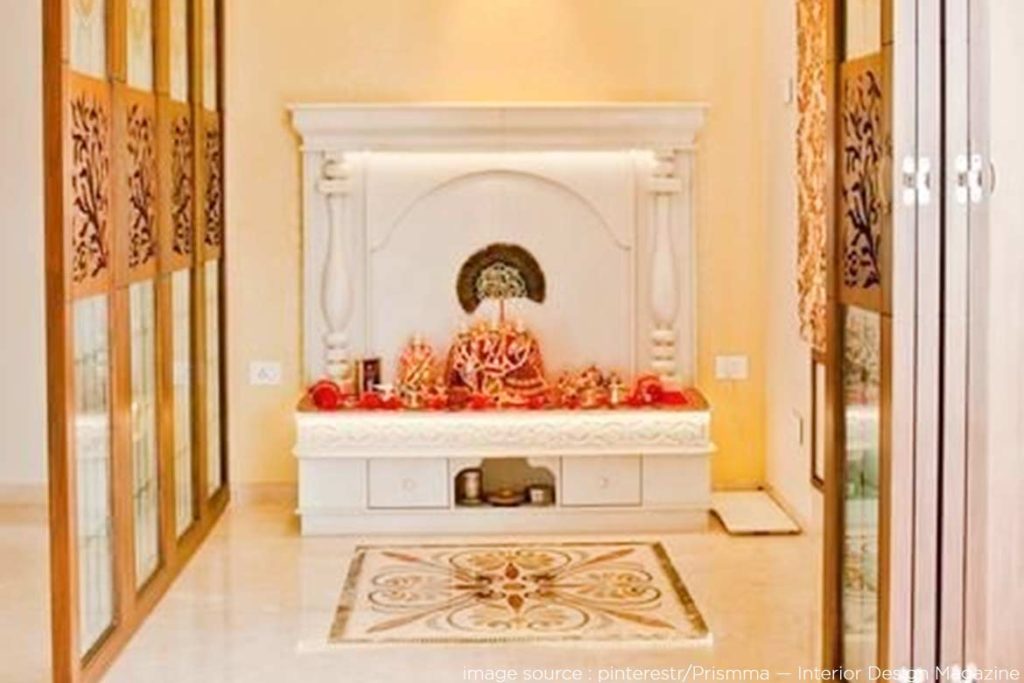Spiritual practices, Havans and Poojas, play a vital role in our life. Preaching God brings the soul near to enlightenment and makes peace with the world. People face numerous problems in their lifetime, from financial issues to health to relationship issues. When any problem arises, all a person can do is pray to God for a solution and seek mercy.
A pooja room is necessary for every house, where all the family members can pray and meditate. The idols of gods and goddesses placed with flowers, lights, candles, and diyas, bring positivity, and create a holy-peaceful atmosphere. Earlier, it used to be a large room where all the deities and idols were kept, but nowadays, a small area is preferred for the temple in the house.
Also Read- Vastu tips for pooja room
If deities and idols are placed in an inappropriate place and an inappropriate manner, it could bring bad luck. Have you heard of the right direction and placement for the construction of the pooja room? Well, these things must be considered to keep the house positive and attract good vibrations. So, here are some of the Vastu tips for the Pooja Room.
- An apt location for the pooja room is north, east, or north-east. The reason is that the sun rises from the east and north direction. Hence, sun rays directly enter the room which is considered auspicious and a blessing from the Sun God. It is also considered peaceful and quiet which is appropriate for meditation and prayers. If the architectural design defines a big pooja room, then it can be constructed in the center of the house.
- Pooja room should have a low ceiling. A pyramid-shaped or gopura will aid in creating a positive atmosphere. A threshold and two-door entry should be considered. For the small pooja room, the lower ceiling coupled with the gopura-like structure adds symmetry. It would help you in slipping into a meditative state quickly. A threshold is needed to keep ants and insects out of the sacred space.

Also Read- What are the best Vastu tips for a happy home?
- According to Vastu, the right place for the pooja room is on the ground floor. The basement is considered a dark place. Constructing a pooja room in a dark area is not a good option. also, constructing a temple on the first floor encourages laziness, inactivity, and lethargy. If there is no space for the construction of a temple; keep a small temple in the north-east. Avoid south direction.
- Nowadays, people prefer a small temple instead of a big temple in the house. Vastu. Avoid bedrooms, kitchens, and any place near the toilet for constructing a temple. You can install a temple in the living room in the north direction.
- Keeping idols in the pooja room should be done with proper consideration and planning. Vastu explains that the best direction to place all the idols is the north-east, east and west directions. Do not keep the idols on the north side because the devotee sits on the south side which breaks the magnetic rule of earth.

Also Read- What remedy can be used for kitchen vastu?
- Deity Idols should be placed a few inches away from the wall with at least six inches from the ground. Portraits of the dead and paintings depicting violence do not belong in the pooja room. The idol should be placed away from the wall to ensure continuous airflow around it. This helps in enveloping the idol with the fragrance of the incense sticks.
- Never keep broken idols and torn images in the pooja room as it may cause a distraction. Make sure the idols are clean, new, and unbroken.
- It is often said that the idols must not face each other. The idols must be placed in such a manner that the devotees get to see them clearly without any obstructions.
- All the deity idols must be kept in a position that there is at least an inch distance between the wall and idols. It increases the flow of air in every corner of the pooja room and spreads positive energies on all the sides of the place.
- Lamp and candles are lightened in the pooja room for gods. Vastu says that the lamp must be lightened in the front of the idols. Religious books, lamps, and pooja related items should be stored towards the southeast with no storage above the idol. Storage should face the south-east without obstructing the sunlight.

Also Read- Vastu Tips For Plants
- Create a meditative atmosphere using light colors such as white, light blue, or light yellow. If you opt for marble then white or pale yellow or ochre would be a perfect choice. Light colors keep the space bright, while dark, loud shades can be distracting.
- Avoid bells, pictures of war, torn and broken pieces, dry flowers, faded pictures, rusted lamps, and any item that seems to be negative in the room. Do not store any valuable items, money, or jewels in the pooja room as it is considered disrespectful to hide under the temple.
- Devotees always offer some food, sweets, and Prasad to gods. It is believed that offering food items is feeding our gods as a way of respect and gratitude. Vastu advises keeping all the food offerings in front of the idols as a mark of respect. It will be less cumbersome and easy to replace.
- Have two shutter doors of quality wood for the pooja room. Pooja Room must have doors and windows on north or east walls. Place an Agnikund in the south-east corner of the pooja room. The entrance of the pooja room must have a threshold. Avoid constructing a pooja room under a staircase.

- Idols should never be kept directly in front of the entrance door of the pooja room. Never install the idols brought from old temples in the pooja room. Do not hang photos of animals and birds in the pooja room. No one should sleep in the pooja room
To conclude, having a temple in the house is important. Hence, construct a temple as per Vastu and welcome all the positive energies, luck, and gods with respect, gratitude, and love.
Also Read- Vastu tips for an apartment
